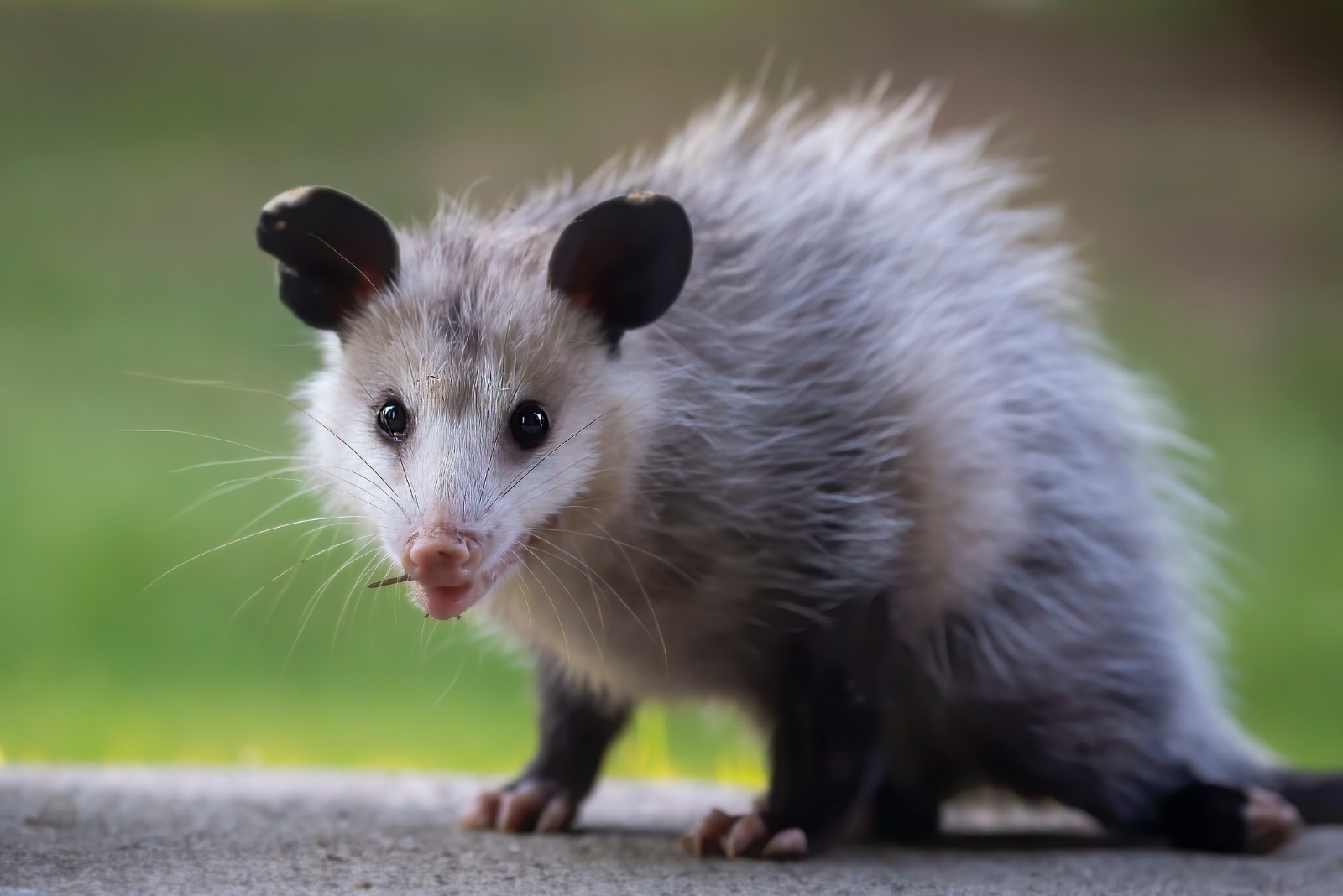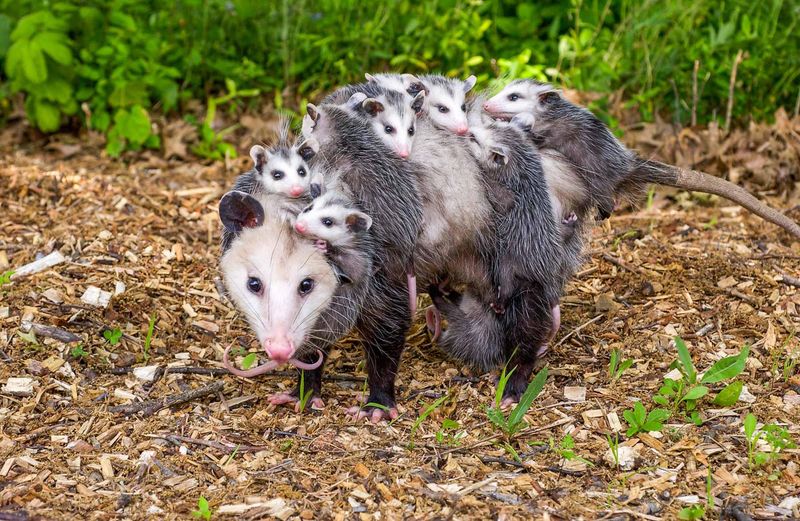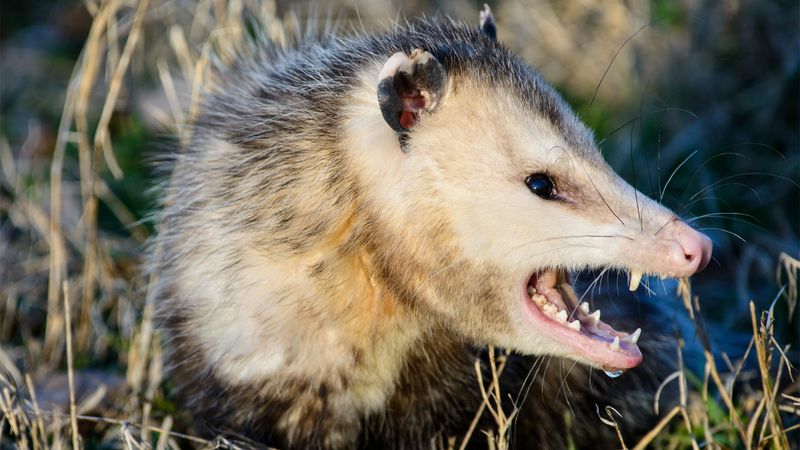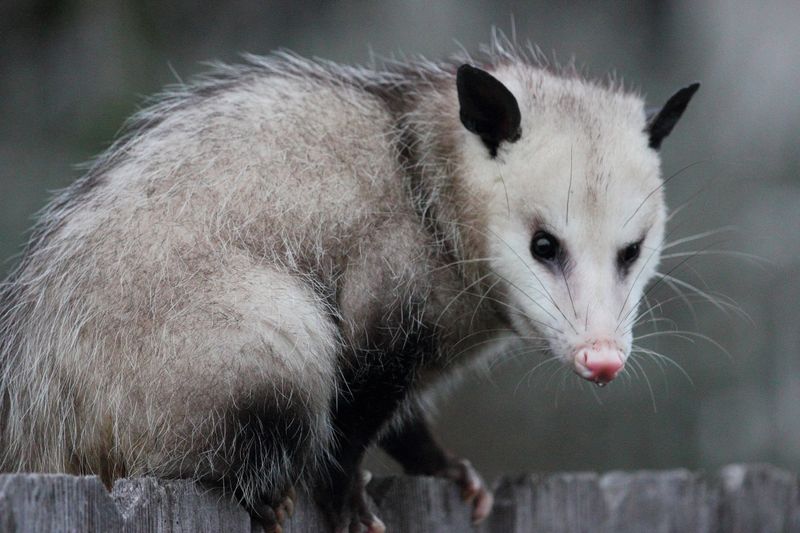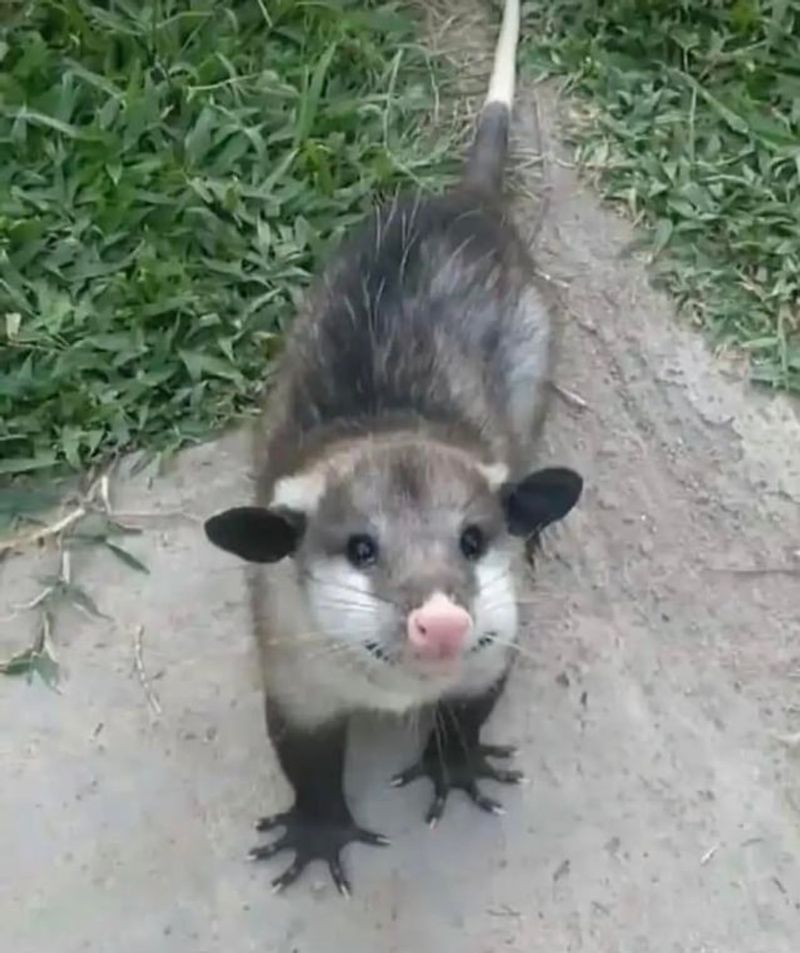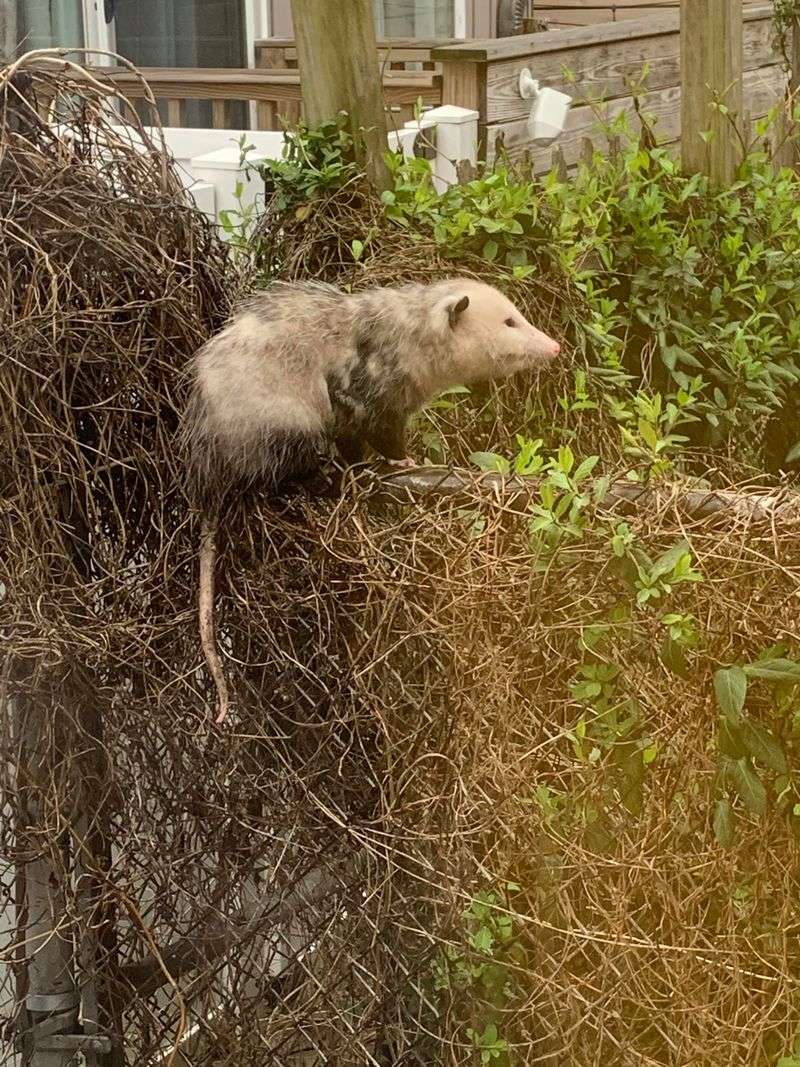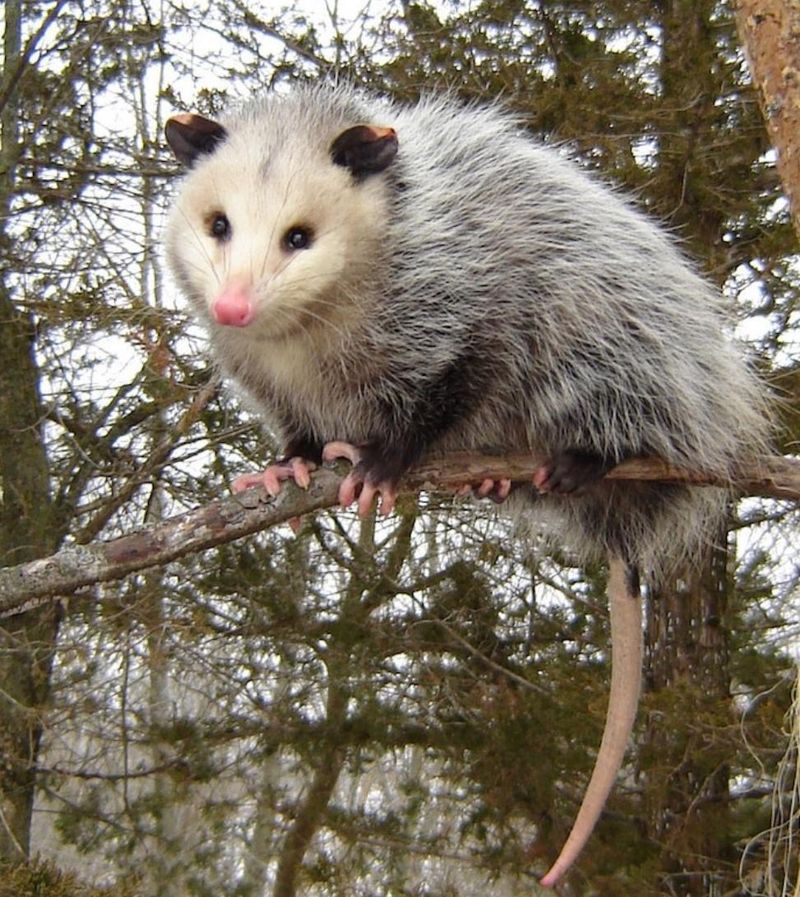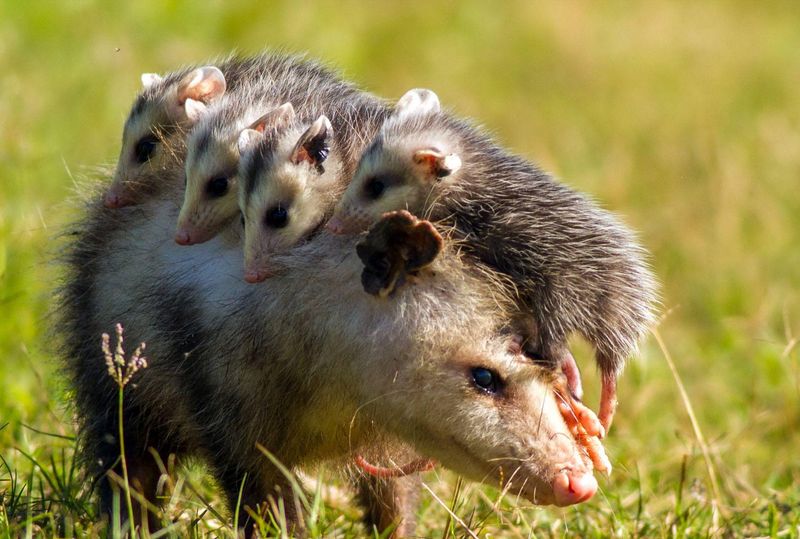Possums may not be everyone’s favorite backyard visitor in California, but they play a bigger role than most gardeners realize.
Rushing to remove them can sometimes cause more problems than it solves. Before making that decision, it’s worth weighing the pros and cons.
Here are a few important things to think about before moving a possum out of your California yard.
1. Legal Protection Status
Possums enjoy legal protection throughout California under wildlife regulations. Removing them without proper permits could result in hefty fines or legal consequences.
The California Department of Fish and Wildlife requires specific documentation for wildlife relocation. Always check your local county ordinances before taking action against these beneficial creatures.
2. Natural Pest Control Benefits
These nocturnal neighbors consume thousands of ticks and other problematic insects weekly. A single possum can eat up to 5,000 ticks per season, reducing Lyme disease risks in your California community.
They also happily munch on snails, slugs, and even small rodents that might otherwise damage your garden plants or invade your home.
3. Temporary Visitors
Most possums are nomadic and rarely stay in one location for extended periods. The typical California possum will move to a new den every few days unless they’ve found an ideal nesting spot.
Patience often resolves possum situations without intervention. Within a week or two, these wanderers typically move on to explore new territories across the Golden State.
4. Disease Vector Misconceptions
Unlike many wild mammals, possums rarely carry rabies due to their low body temperature. Their immune systems also naturally resist many diseases common to other California wildlife.
These remarkable creatures actually help reduce disease spread by consuming carrion and controlling tick populations throughout Southern California’s diverse ecosystems.
5. Humane Removal Challenges
Relocating possums often separates mothers from babies hidden nearby. Many relocated possums struggle to find food and shelter in unfamiliar California territories and don’t survive the move.
Professional wildlife services in California charge between $150-400 for humane removal, making it an expensive solution for animals that would likely leave on their own.
6. Simple Deterrent Methods
Motion-activated lights or sprinklers often encourage possums to seek quieter quarters. Many California gardeners have success with natural repellents like predator urine or ammonia-soaked rags placed strategically around the yard.
Securing trash cans and removing fallen fruit eliminates food sources that might attract these opportunistic foragers to your Northern California property.
7. Baby Season Considerations
Female possums carry babies in pouches for about two months before the young ride on mom’s back. Spring and early summer are prime baby seasons throughout California’s diverse climate zones.
Removing a mother possum during this time could orphan up to 13 babies. California wildlife experts recommend waiting until fall when young possums have become independent before considering removal.

